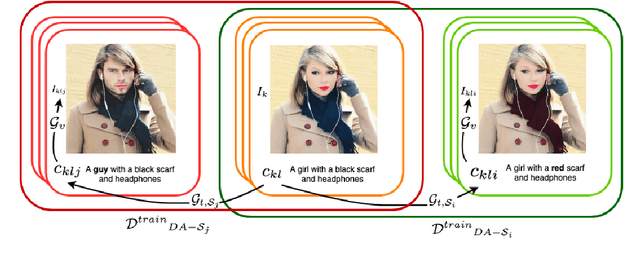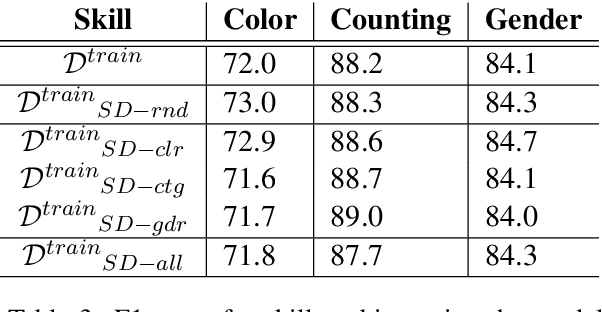Eugenio Herrera-Berg
Large Language Models are biased to overestimate profoundness
Oct 22, 2023



Abstract:Recent advancements in natural language processing by large language models (LLMs), such as GPT-4, have been suggested to approach Artificial General Intelligence. And yet, it is still under dispute whether LLMs possess similar reasoning abilities to humans. This study evaluates GPT-4 and various other LLMs in judging the profoundness of mundane, motivational, and pseudo-profound statements. We found a significant statement-to-statement correlation between the LLMs and humans, irrespective of the type of statements and the prompting technique used. However, LLMs systematically overestimate the profoundness of nonsensical statements, with the exception of Tk-instruct, which uniquely underestimates the profoundness of statements. Only few-shot learning prompts, as opposed to chain-of-thought prompting, draw LLMs ratings closer to humans. Furthermore, this work provides insights into the potential biases induced by Reinforcement Learning from Human Feedback (RLHF), inducing an increase in the bias to overestimate the profoundness of statements.
Targeted Image Data Augmentation Increases Basic Skills Captioning Robustness
Sep 27, 2023



Abstract:Artificial neural networks typically struggle in generalizing to out-of-context examples. One reason for this limitation is caused by having datasets that incorporate only partial information regarding the potential correlational structure of the world. In this work, we propose TIDA (Targeted Image-editing Data Augmentation), a targeted data augmentation method focused on improving models' human-like abilities (e.g., gender recognition) by filling the correlational structure gap using a text-to-image generative model. More specifically, TIDA identifies specific skills in captions describing images (e.g., the presence of a specific gender in the image), changes the caption (e.g., "woman" to "man"), and then uses a text-to-image model to edit the image in order to match the novel caption (e.g., uniquely changing a woman to a man while maintaining the context identical). Based on the Flickr30K benchmark, we show that, compared with the original data set, a TIDA-enhanced dataset related to gender, color, and counting abilities induces better performance in several image captioning metrics. Furthermore, on top of relying on the classical BLEU metric, we conduct a fine-grained analysis of the improvements of our models against the baseline in different ways. We compared text-to-image generative models and found different behaviors of the image captioning models in terms of encoding visual encoding and textual decoding.
 Add to Chrome
Add to Chrome Add to Firefox
Add to Firefox Add to Edge
Add to Edge